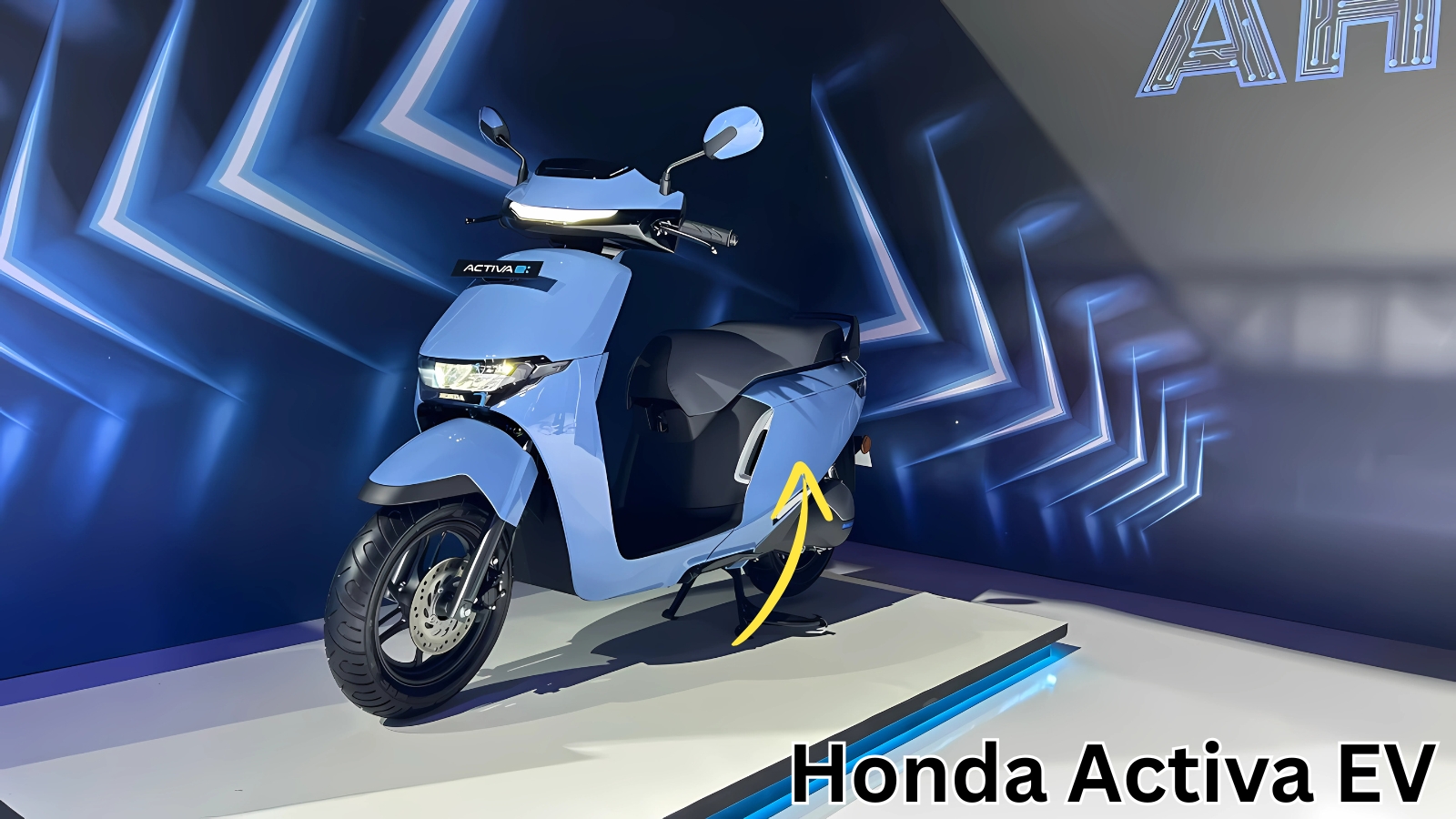Honda Activa EV: Honda has officially entered India’s electric scooter arena with the launch of the Activa e:, bringing decades of trusted engineering to the rapidly evolving EV landscape. This electric iteration of India’s most beloved scooter represents more than just another product launch—it signals a fundamental shift in how electric vehicles could operate in Indian cities.
Strategic Launch Timing Capitalizes on Market Momentum
The Activa e: made its debut on November 27, 2024, at the Auto Expo 2025, marking Honda’s calculated entry into India’s electric two-wheeler segment. While competitors rushed to market earlier, Honda’s patient approach allowed them to study consumer behavior and infrastructure challenges, resulting in a more refined solution.
The timing coincides perfectly with India’s aggressive push toward electric mobility and the government’s enhanced incentive schemes for EV adoption. Honda’s strategy leverages the Activa brand’s unparalleled recognition—a name synonymous with reliability across millions of Indian households for over two decades.

Revolutionary Swappable Battery System Eliminates Traditional EV Barriers
The Activa e: distinguishes itself through innovative swappable battery technology that fundamentally addresses range anxiety. Instead of fixed battery packs requiring lengthy charging sessions, the scooter features two removable 1.5kWh units that can be exchanged for fully charged batteries at Honda e:SWAP stations within minutes.
This 3kWh combined capacity delivers a claimed range of 102 kilometers, while the swapping process takes approximately one minute—comparable to refueling a petrol scooter. Honda Power Pack Energy India (HEID) developed this system specifically for Indian conditions, recognizing that conventional charging infrastructure remains inadequate for mass EV adoption.
Comprehensive Infrastructure Development Addresses Real-World Needs
Honda’s infrastructure rollout demonstrates serious commitment to making electric mobility practical. The e:SWAP network launches in Bengaluru from February 2025, followed by Delhi and Mumbai in April 2025. By March 2026, Honda plans 500 stations across these cities: 250 in Bengaluru, 150 in Delhi, and 100 in Mumbai.
Strategic partnerships with Hindustan Petroleum, Bangalore Metro, Delhi Metro, Adani Electricity, and Honda dealerships ensure widespread accessibility. This collaborative approach reflects Honda’s understanding that successful EV adoption requires ecosystem thinking rather than isolated product development.
Flexible Subscription Model Accommodates Diverse Usage Patterns
Honda’s Battery-as-a-Service approach introduces unprecedented flexibility in electric vehicle ownership. The recently launched “Lite” plan costs Rs 678 monthly (excluding GST), providing 20kWh energy—sufficient for approximately 600 kilometers or 20 kilometers daily. This targets budget-conscious urban commuters with predictable travel patterns.
Higher-usage customers can choose the “Basic” plan (Rs 1,999 monthly for 35kWh) or “Advanced” plan (Rs 3,999 monthly for 87kWh). This tiered structure ensures users pay only for consumed energy, making electric mobility accessible across economic segments while encouraging efficient usage patterns.
Advanced Technology Features Enhance Urban Commuting Experience
The Activa e: offers two variants priced at Rs 1.17 lakh (standard) and Rs 1.52 lakh (RoadSync Duo). The premium variant features a 7-inch TFT touchscreen with turn-by-turn navigation, music controls, and Bluetooth connectivity through Honda’s RoadSync app.
Both variants include LED lighting, three riding modes (Eco, Standard, Sport), and a unique reverse mode activated by simultaneous button presses. The 6kW permanent magnet synchronous motor produces 22Nm torque, enabling 0-60 kmph acceleration in 7.3 seconds and an 80 kmph top speed.
Redmi Note 15 Pro Max – 200MP DSLR camera smartphone launched in market
Performance Specifications Meet Urban Mobility Requirements
The Activa e: maintains practical characteristics that made the original Activa successful. With 119kg kerb weight and 171mm ground clearance, it handles Indian road conditions effectively. The telescopic front fork and dual rear springs provide comfortable suspension, while 130mm front disc and 110mm rear drum brakes ensure reliable stopping power.
The large floorboard accommodates regular backpacks, though swappable batteries limit underseat storage. This trade-off prioritizes addressing range anxiety over traditional storage expectations—a calculated decision reflecting Honda’s analysis of primary EV adoption barriers.
Honda Activa EV Market Challenges and Future Prospects
Initial sales figures reveal modest adoption, with 32 units sold in April 2025 and none in May, highlighting the challenges of introducing revolutionary mobility concepts. However, Honda’s long-term vision extends beyond immediate sales, focusing on infrastructure development and consumer education.
The company plans four additional electric models between 2025-2027 and is establishing a dedicated EV manufacturing plant operational by 2028. This comprehensive approach demonstrates Honda’s commitment to transforming India’s electric mobility landscape through innovative technology and infrastructure investment.
The Activa e: represents more than an electric scooter—it embodies a new paradigm for urban transportation that could redefine how Indians think about electric vehicle ownership and usage.
